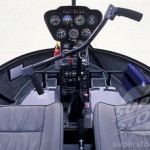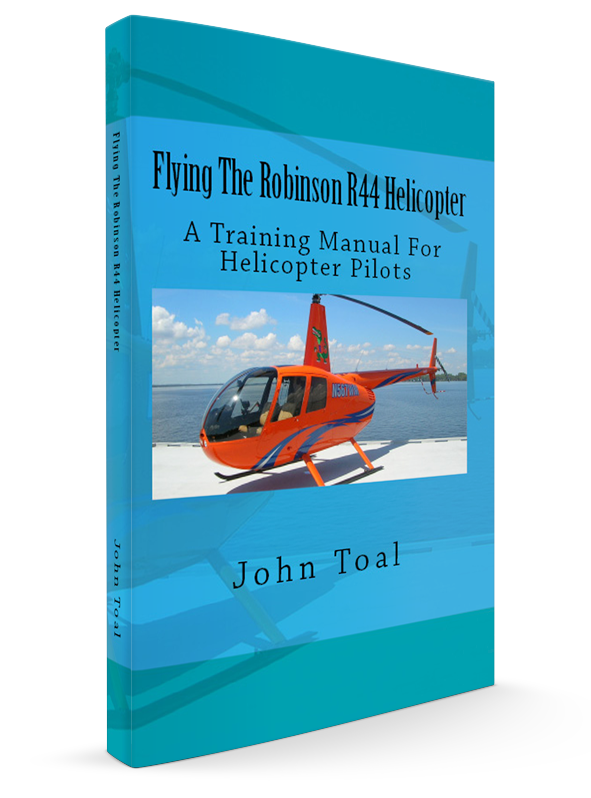Common Helicopter Training Mistakes
(Updated on 2nd April 2021)
Introduction
When you first start learning to fly a helicopter, you soon realize that it is not as easy as it looks. Students make common training mistakes. Your instructor seems to do everything so effortlessly and moves the helicopter sometimes as if by mental control, as the flight controls do not appear to move.
Flying is not a natural thing for us to do. We are land animals. Being in the air takes a little getting used to. Everything looks different. It is noisy and sometimes it is hot and uncomfortable. It is very easy for us to become distracted from flying the aircraft.
Two of the biggest helicopter training mistakes that new students make are:
- Not looking outside enough
- Over-controlling on the flight controls
Technique
It is vital that you look well ahead of the helicopter during flight. If you start to stare at the instruments, the helicopter attitude will change very quickly and you will not notice it until quite late. In forward flight you should try to look at the horizon and keep it lined up on the same relative position on the windscreen. The horizon will appear to be a certain distance below the rotor disc or it may appear to line up with a dead bug on the windscreen. If you can keep the horizon in this same relative position by moving the cyclic control, then the helicopter will stay in level flight.
We normally spend about 75% of our time looking outside. The remaining time is spent checking our flight instruments and our engine instruments. Looking outside has the added advantage of letting us spot other aircraft in the vicinity and thereby reducing the risk of an in flight collision.
When we are hovering, it is very important not to look at the ground just in front of the helicopter. As in forward flight, we should be looking well ahead. I tend to look at something at least 30m away and even at the horizon and I try to keep the horizon (or whatever I am looking at) at the same relative position on the windscreen – just as we do in forward flight.
If you focus your vision too close to the helicopter, it is extremely difficult to determine if the helicopter is drifting or yawing and this leads to incorrect control inputs. By looking well ahead, you will see any movement of the helicopter much earlier and therefore you will be able to correct this movement earlier – which makes flying the helicopter easier.
The other common mistake is over-controlling. There is a slight delay between moving the cyclic and the aircraft subsequently reacting to your input. This delay is normally less than one second but it is enough to make life difficult for you. When you move the cyclic, always pause for a second before you move it again otherwise you will be over-controlling. Move and hold.
Also remember that the cyclic is an extremely sensitive control. A small movement on the cyclic has a very large effect on the helicopter. Therefore it is vital that you never make a large input to this control during forward flight. Larger movements may be acceptable during hovering but your instructor will advise you on that.
If you can manage to overcome the urge to look inside and stare at the instruments (or look to close to the helicopter during hovering), and you can move the cyclic without over-controlling, you are well on the way to flying the helicopter and have made a big step forward in your training.
Did you enjoy this post? Why not leave a comment below and continue the conversation, or subscribe to my feed and get articles like this delivered automatically to your feed reader.









Comments
No comments yet.
Leave a comment